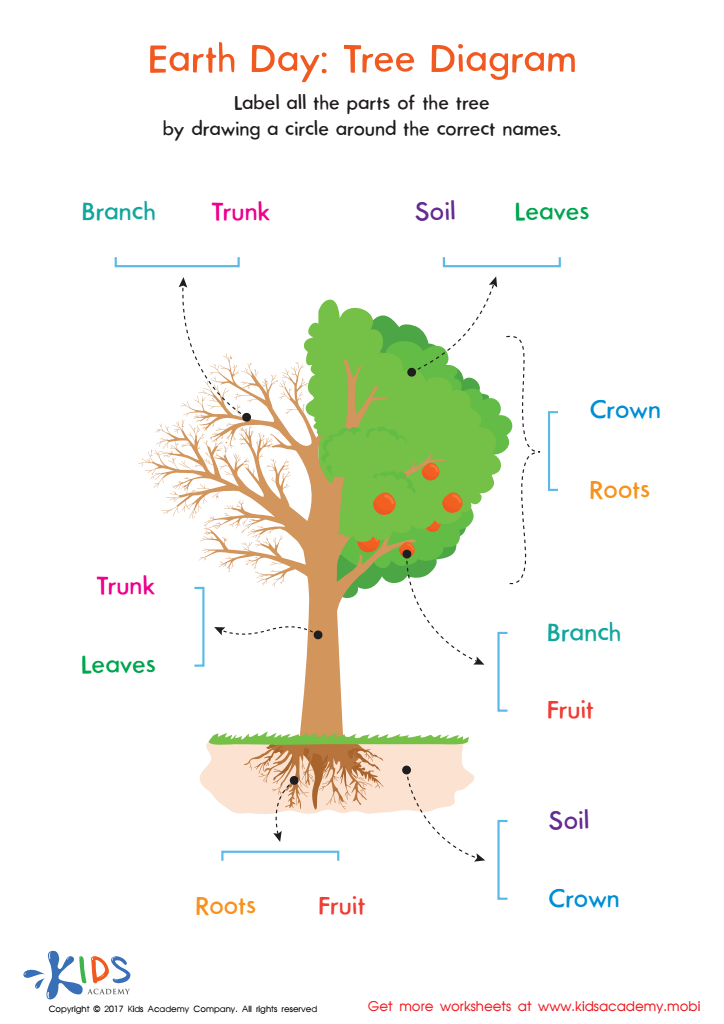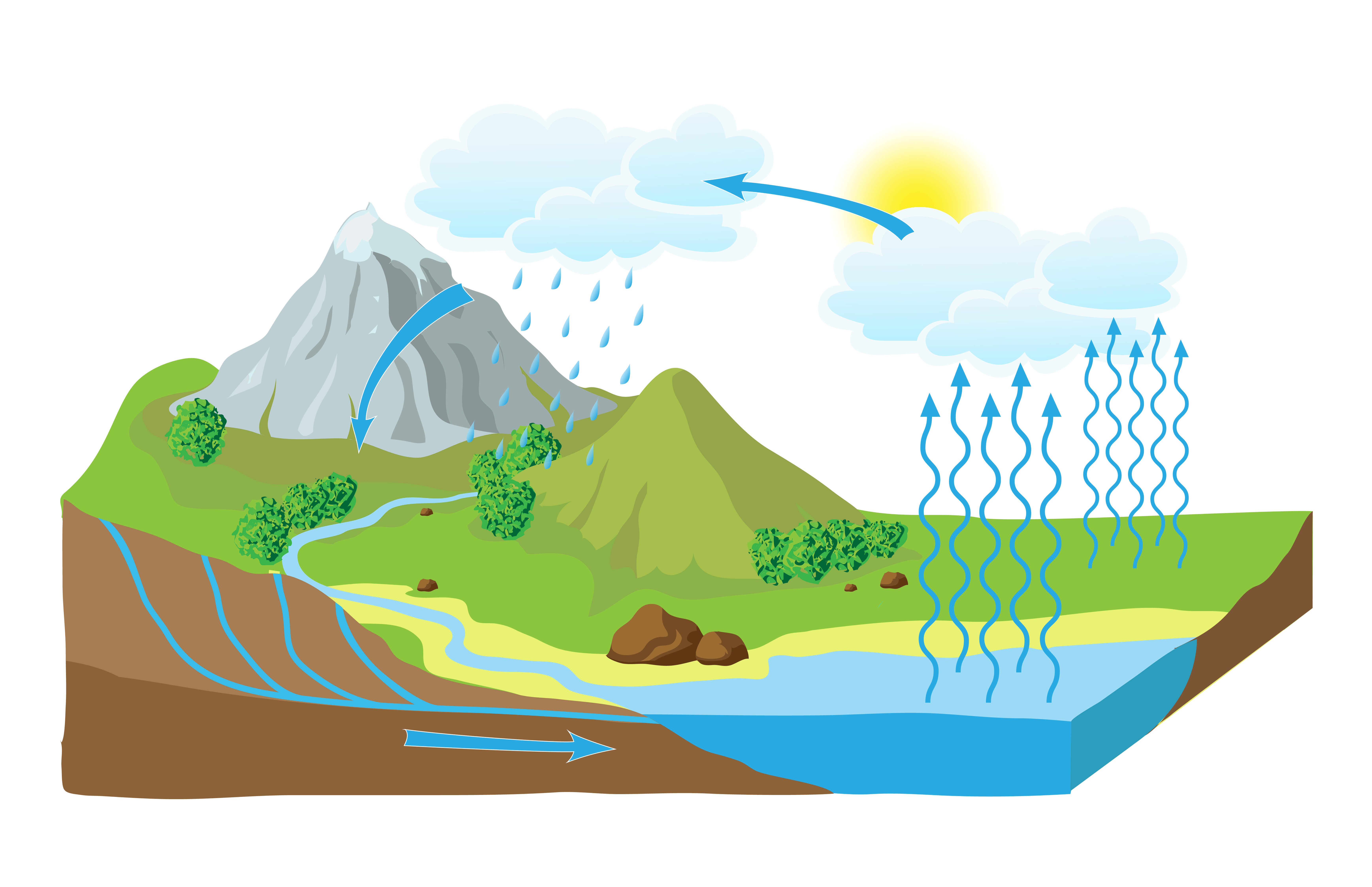Understanding tree diagrams Worksheets for Kids
1 filtered results
-
From - To


Earth Day: Tree Diagram Worksheet
Question/Answer
What are some effective activities to train students’ Understanding tree diagrams skill when teaching them about Plants and Animals?
To train students in understanding tree diagrams related to Plants and Animals, engage them in activities like creating branching tree diagrams to classify different species, playing matching games that connect organisms to their correct categories on a tree diagram, and constructing digital tree diagrams using software tools for visualizing relationships.
How to train the Understanding tree diagrams skill in Kindergarten students learning about Plants and Animals?
To train Kindergarten students in understanding tree diagrams, start with simple, relatable examples. Use a visual, interactive tree diagram to categorize plants and animals. Begin with a broad category (e. g. , Living Things) and branch out into two clear, child-friendly groups (Plants and Animals).
Why is the Understanding tree diagrams skill important for Kindergarten students?
The Understanding tree diagrams skill is important for Kindergarten students because it introduces them to basic concepts of organization, classification, and relationships between different items. This foundational skill helps develop critical thinking, enhances problem-solving abilities, and prepares them for understanding more complex mathematical concepts and data representation techniques in future educational endeavors.
 Assign to the classroom
Assign to the classroom




.jpg)







